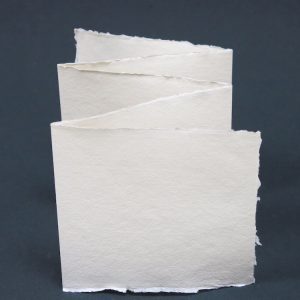

It's also easy to propagate from cuttings. Zigzag plant is generally grown as a houseplant and is a fairly easy plant to grow and care for.
#Caring for a cardboard zigzag plant full#
Cultural Conditions: Light: Full sun (6 or more hours of direct sunlight a day) Partial Shade (Direct sunlight only part of the day, 2-6 hours) Soil Texture: Loam (Silt) Sand Soil Drainage: Good Drainage Moist USDA Plant Hardiness Zone: 9a, 9b, 10a, 10b, 11a, 11b.Whole Plant Traits: Plant Type: Houseplant Poisonous Shrub Woody Plant Leaf Characteristics: Broadleaf Evergreen Habit/Form: Clumping Multi-trunked Rounded Growth Rate: Slow Maintenance: Low Texture: Coarse.Attributes: Genus: Zamia Species: furfuracea Family: Zamiaceae Life Cycle: Woody Recommended Propagation Strategy: Division Seed Country Or Region Of Origin: Mexico Dimensions: Height: 2 ft.Tags: #poisonous #full sun tolerant #houseplant #slow growing #showy leaves #cycad #partial shade tolerant #problem for cats #problem for dogs #problem for horses #container plant #coastal plant See this plant in the following landscape: Cultivars / Varieties: They are slow-growing so they can make a nice indoor plant.

Allow the soil to dry between waterings and use a pot with several drainage holes. Grow this plant in well-drained sandy loam soil in full sun to partial shade. In NC it will need to be brought indoors for the winter. A large seed cone forms in the center the female plant with many red toxic seeds. It is easy to grow in well-drained soils in full sun to partial shade. The showy large leaves grow in a circular pattern similar to palms. See below DescriptionĬardboard Cycad is a slow-growing cycad with rigid, cardboard textured leaves that is native to Mexico. Overall, Euphorbia tithymaloides is a low-maintenance, hardy plant with beautiful pink flowers and ornamental foliage, making it a great addition to any home.Phonetic Spelling ZAM-ee-uh fur-fur-AH-see-u This plant has medium severity poison characteristics.

Be sure to bring the plant indoors during the winter in colder climates. In colder climate it can be grown in a pot. If necessary, you can change the pot size to one that is slightly bigger when the roots become crowded.Įuphorbia tithymaloides can be grown USDA Zone 9-11. It is recommended to use a well drained sandy mixture when planting, and a small pot. Liquid fertilizer should be given to the plant once a month. It is best to keep the potting mixture moist, but not too wet, especially when the room temperature is below 60F. It needs full sun during the fall and winter, and semi-shade in the summer.

When it comes to growing care for Euphorbia tithymaloides, it is not a very demanding plant. It is a rather irritant plant due to the presence of a milky sap. This large shrub 5-10 ft tall is native to the tropical Americas and is known for its ornamental foliage and pink flowers.


 0 kommentar(er)
0 kommentar(er)
